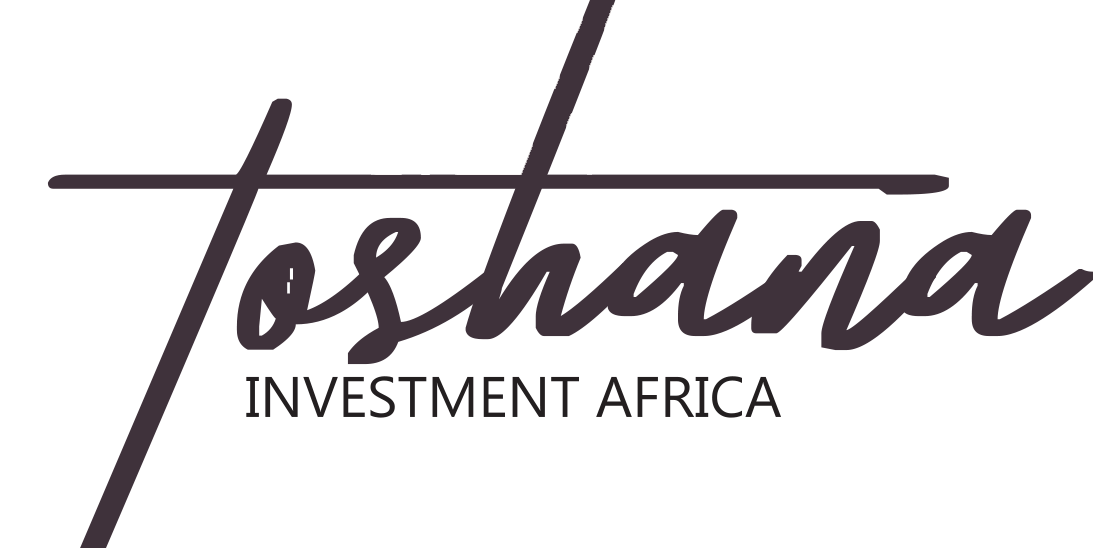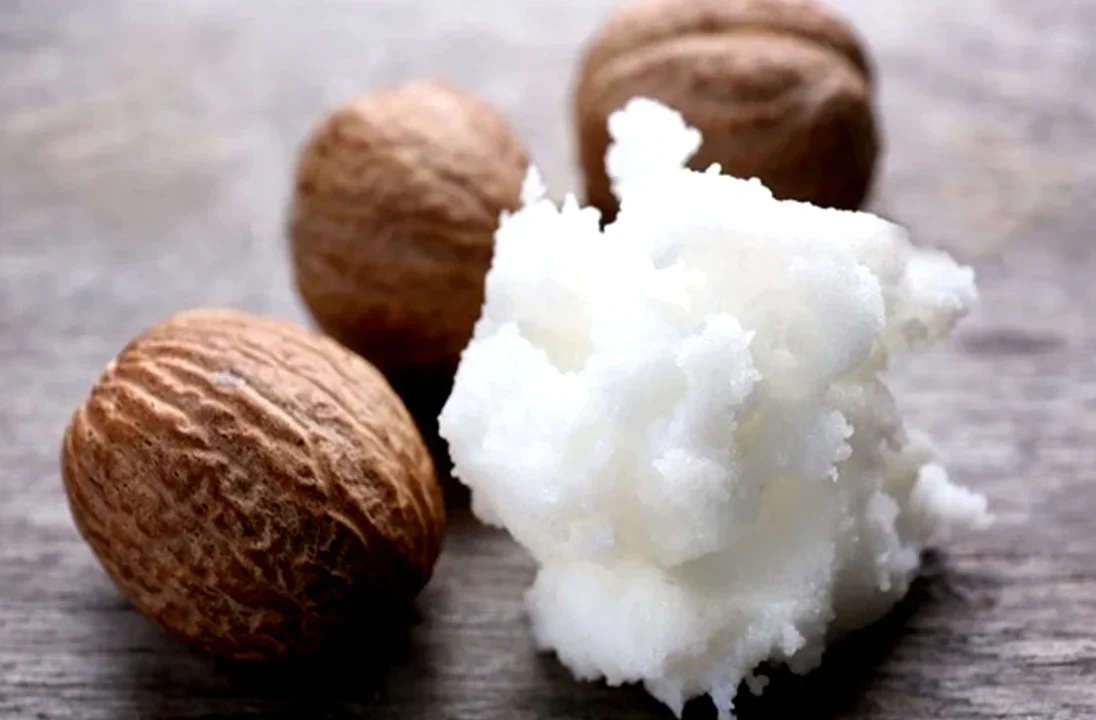Shea butter is a fat extracted from the nuts of the shea tree (Vitellaria paradoxa), which is native to West Africa. It is widely used in cosmetics and skincare products due to its moisturizing and healing properties. Here are some key points about shea butter:
1. Composition:
Shea butter is rich in fatty acids, including oleic, stearic, palmitic, and linoleic acids, which contribute to its emollient and moisturizing qualities. It also contains vitamins A, E, and F, which have antioxidant properties.
2. Uses in Skincare:
- Moisturizer: Shea butter is an excellent moisturizer for the skin, helping to keep it hydrated and soft.
- Healing Agent: It can aid in the healing of minor cuts, burns, and skin irritations.
- Anti-Inflammatory: It has anti-inflammatory properties that can help reduce redness and swelling.
- Anti-Aging: Regular use of shea butter can help reduce the appearance of wrinkles and fine lines due to its high content of vitamins and fatty acids.
3. Uses in Hair Care:
- Conditioner: Shea butter can be used as a deep conditioner to nourish and strengthen hair.
- Scalp Health: It can soothe dry and itchy scalps and may help with dandruff.
4. Forms and Quality:
- Raw/Unrefined: This form retains most of the beneficial properties of shea butter and is often preferred for its natural state and effectiveness.
- Refined: This version may have fewer nutrients due to processing but is often used in commercial skincare products for its longer shelf life and less intense scent.
5. Cultural and Economic Importance:
Shea butter is an important economic resource in many West African countries, where it is often produced by women using traditional methods.
Shea butter can be applied directly to the skin or hair, or it can be found as an ingredient in various lotions, creams, soaps, and other personal care products.

